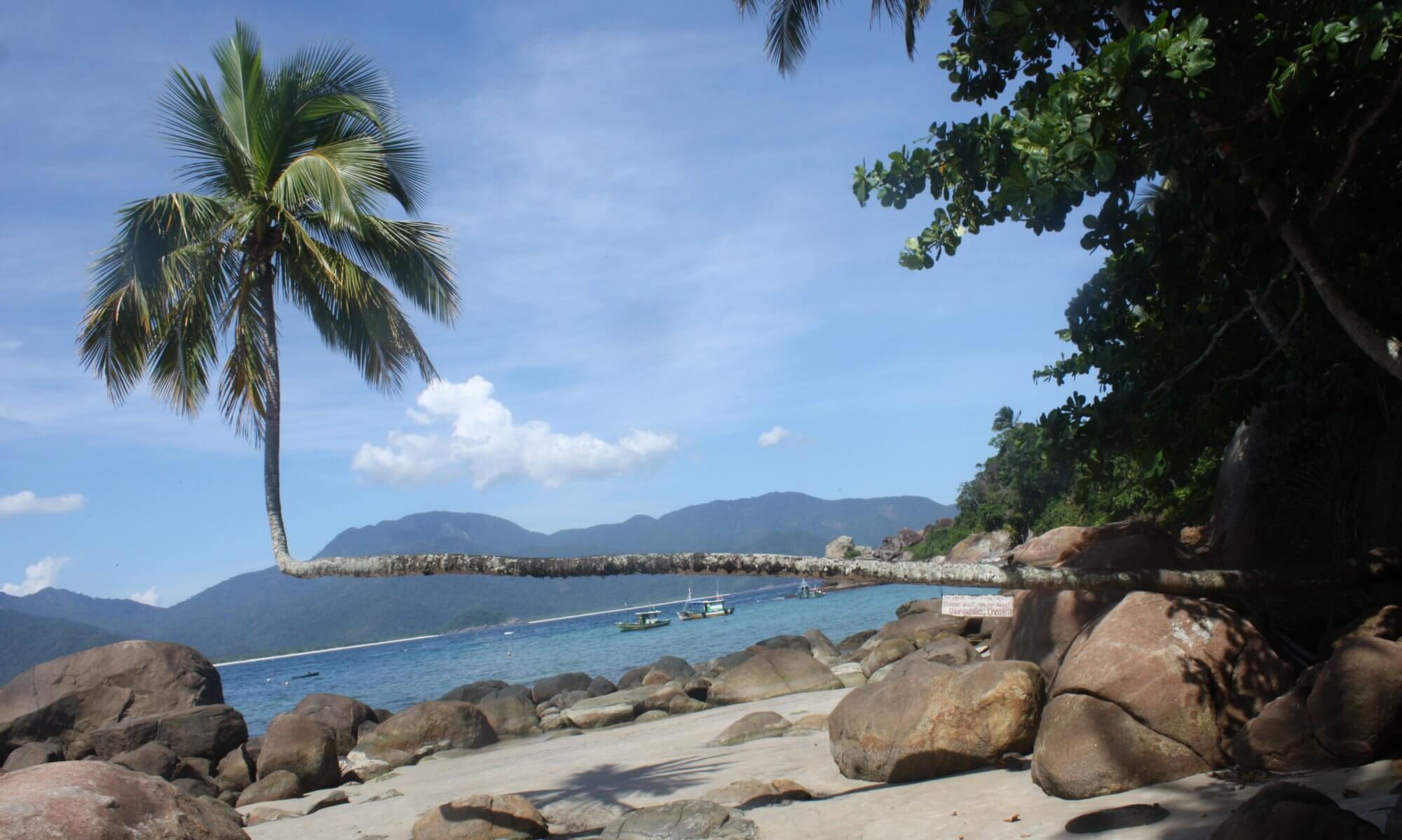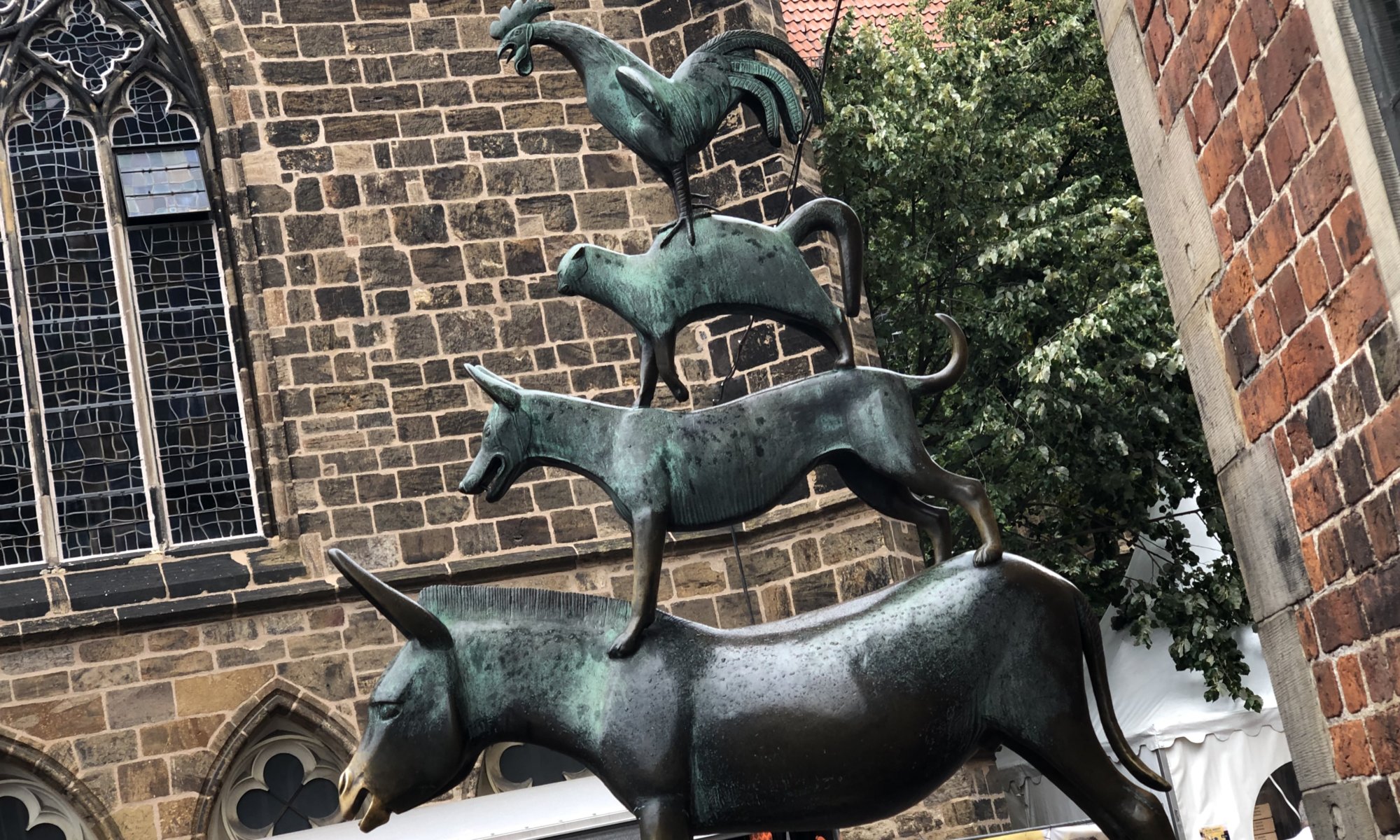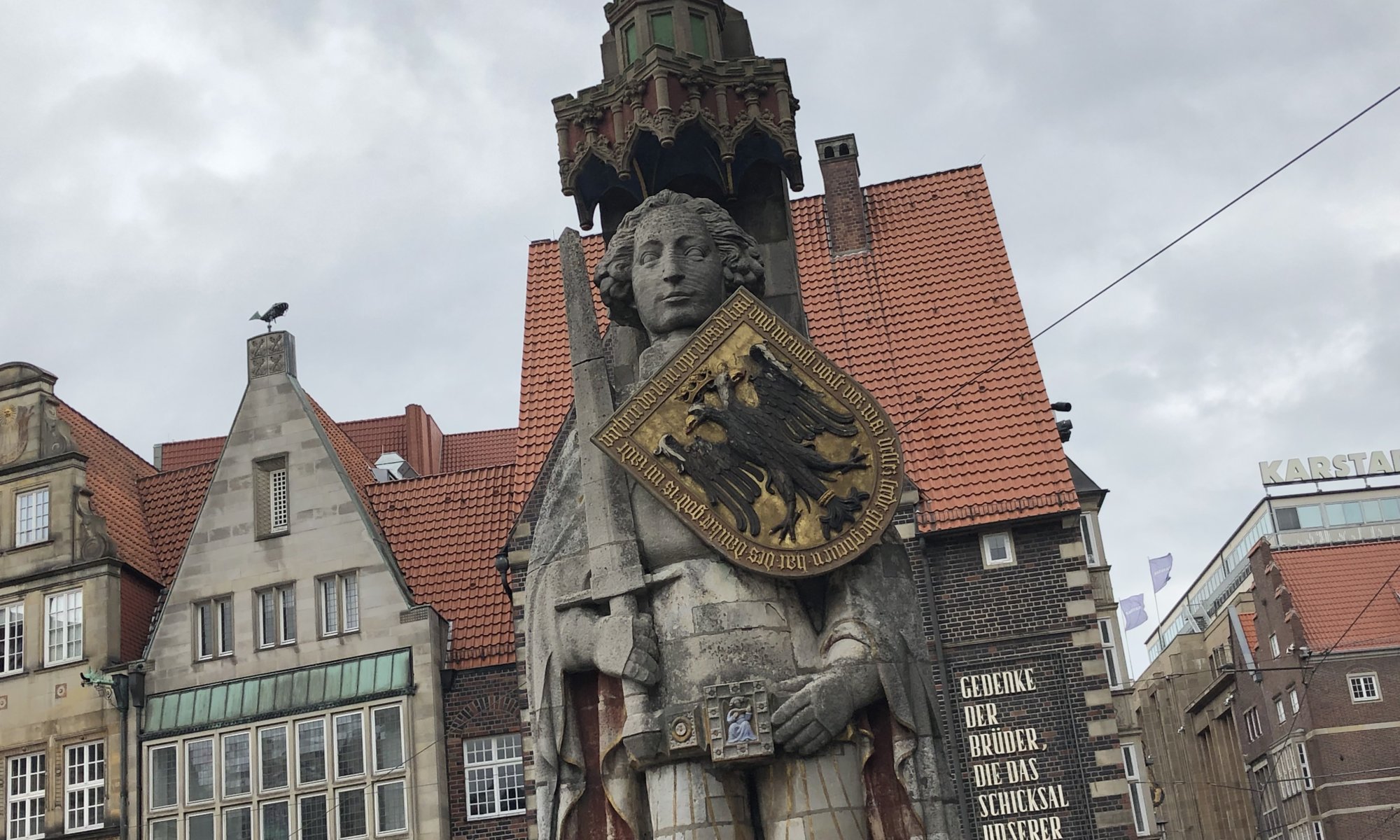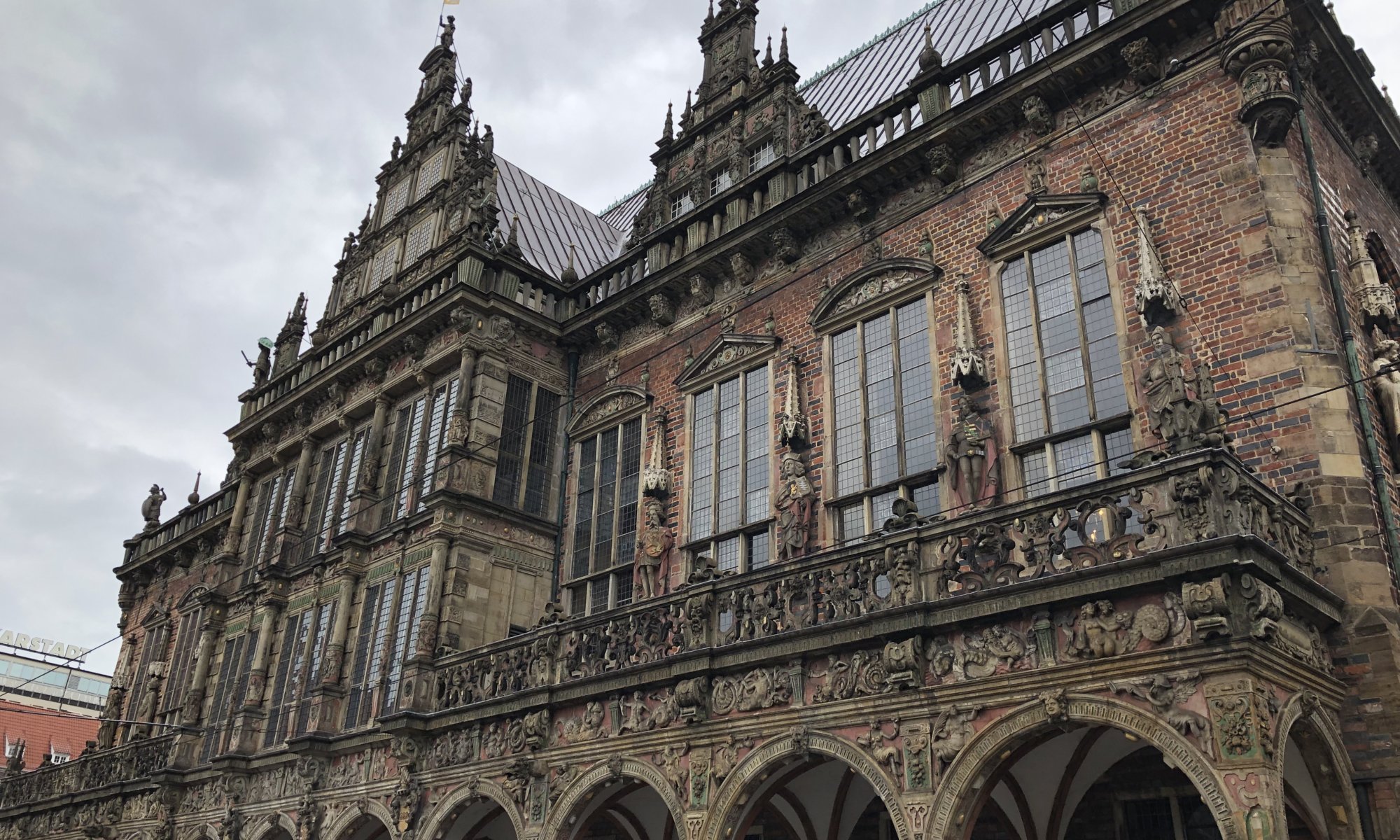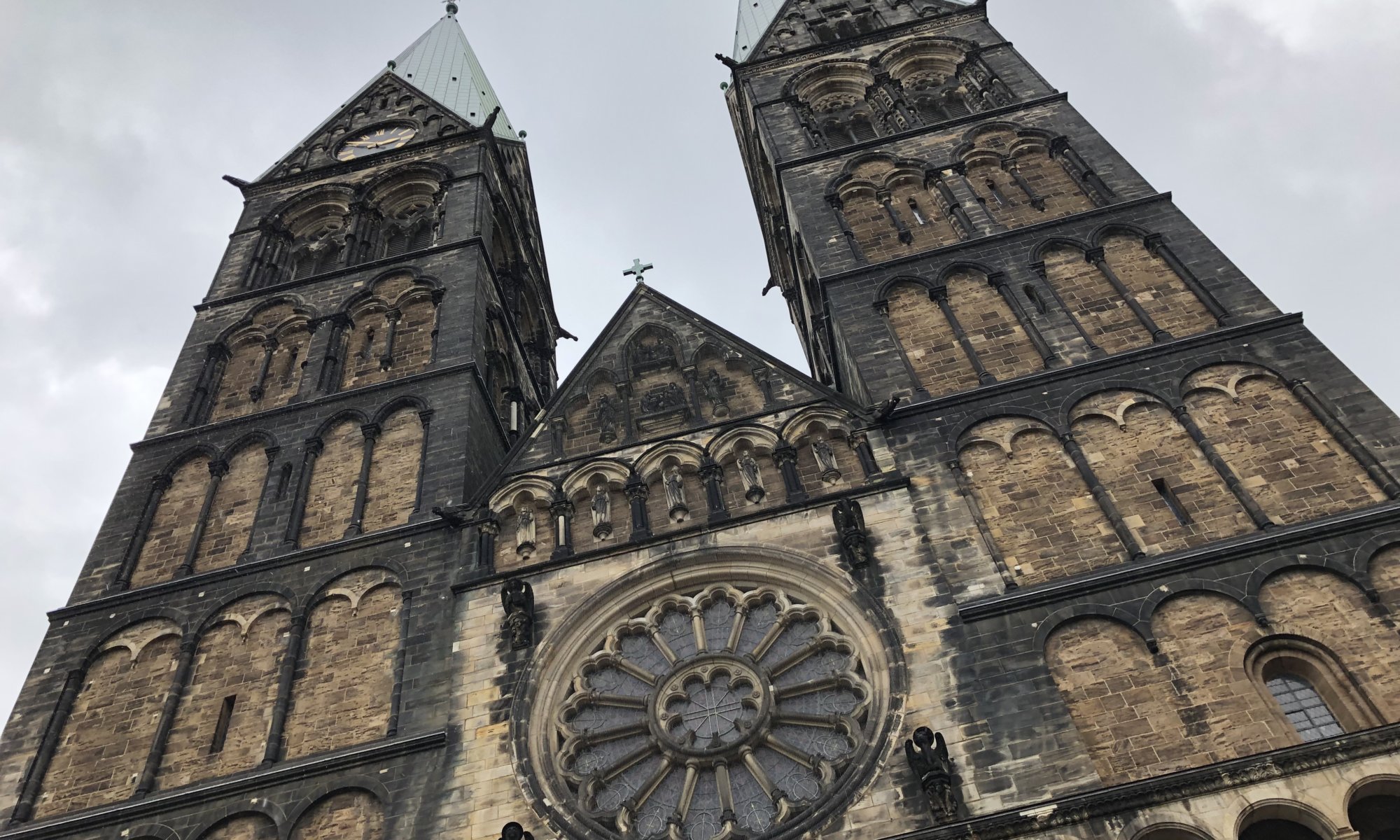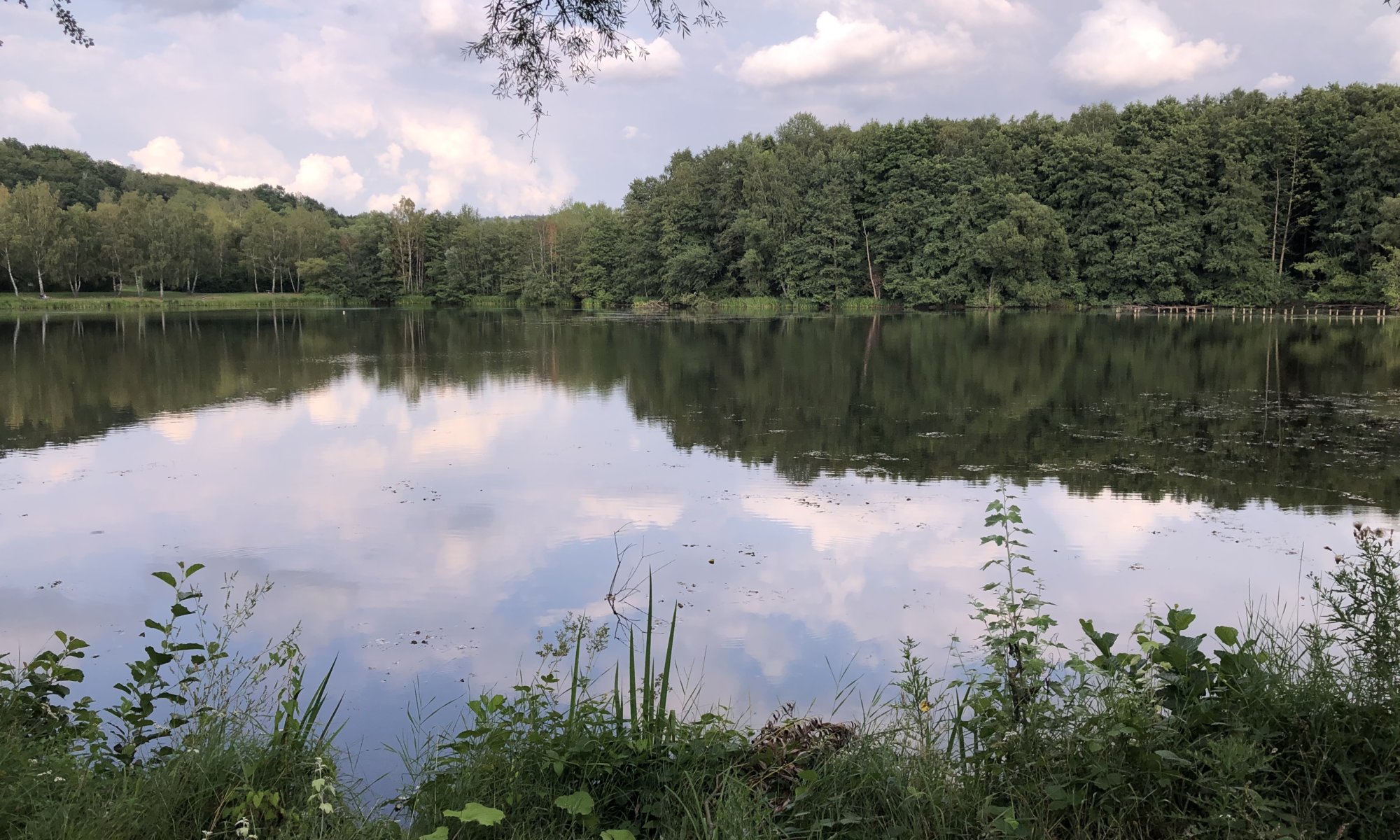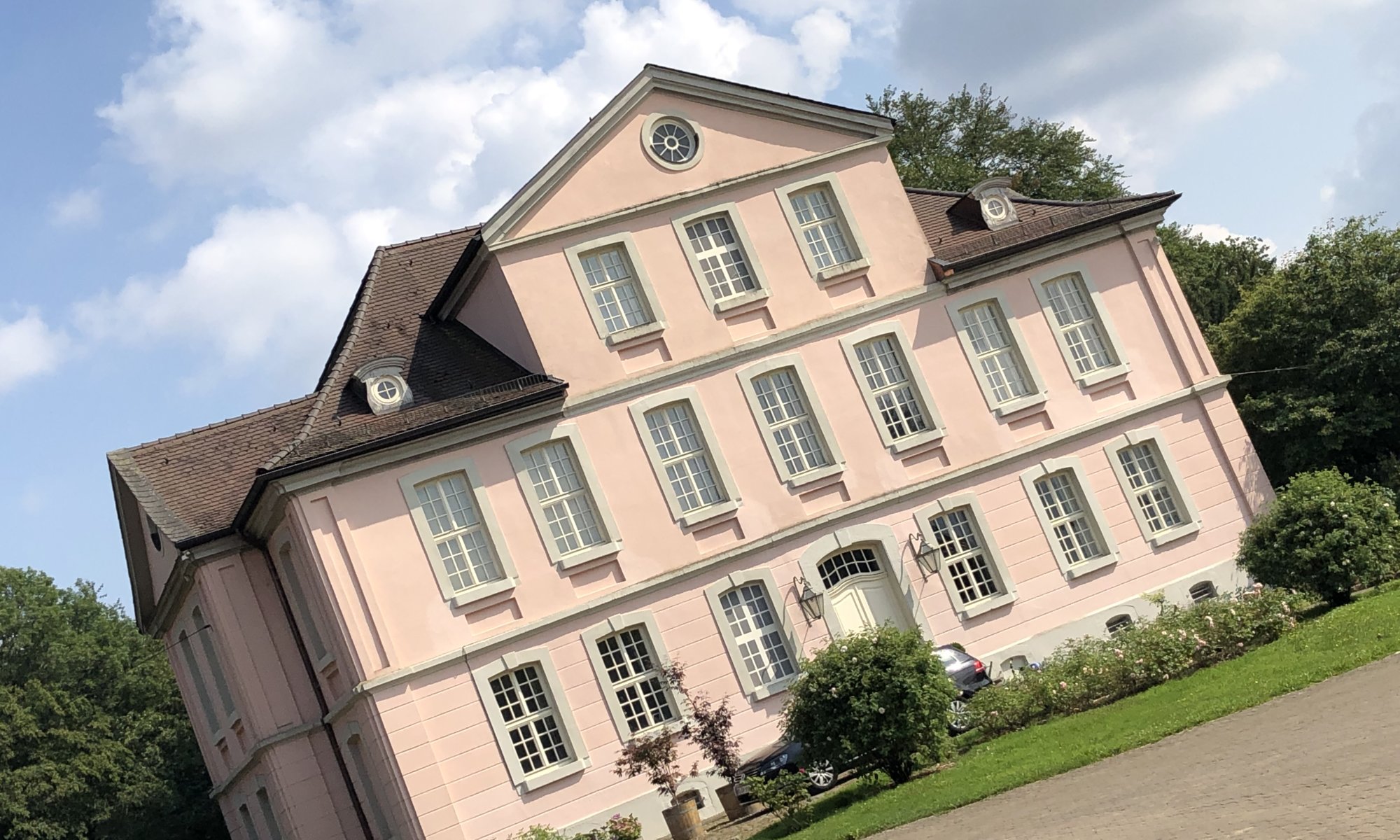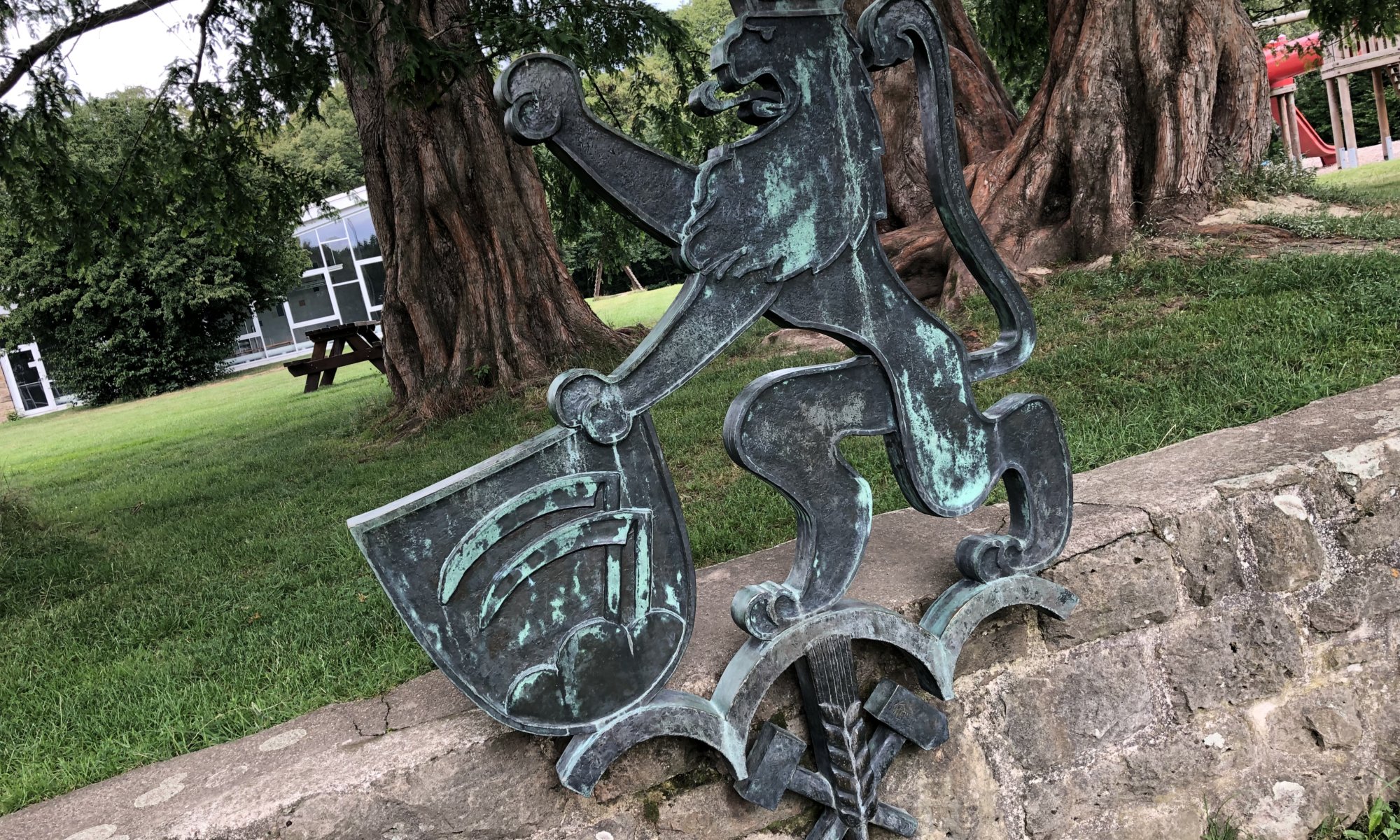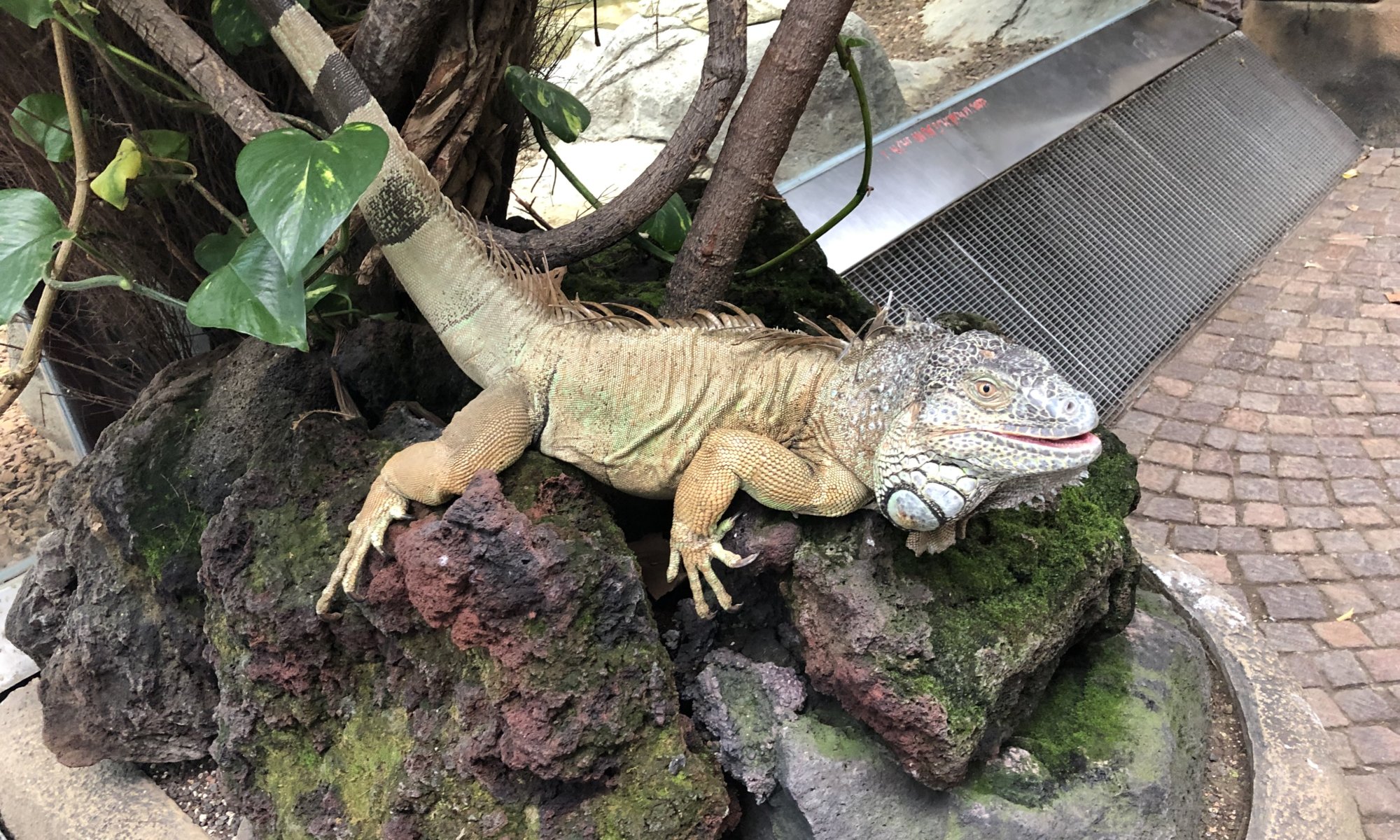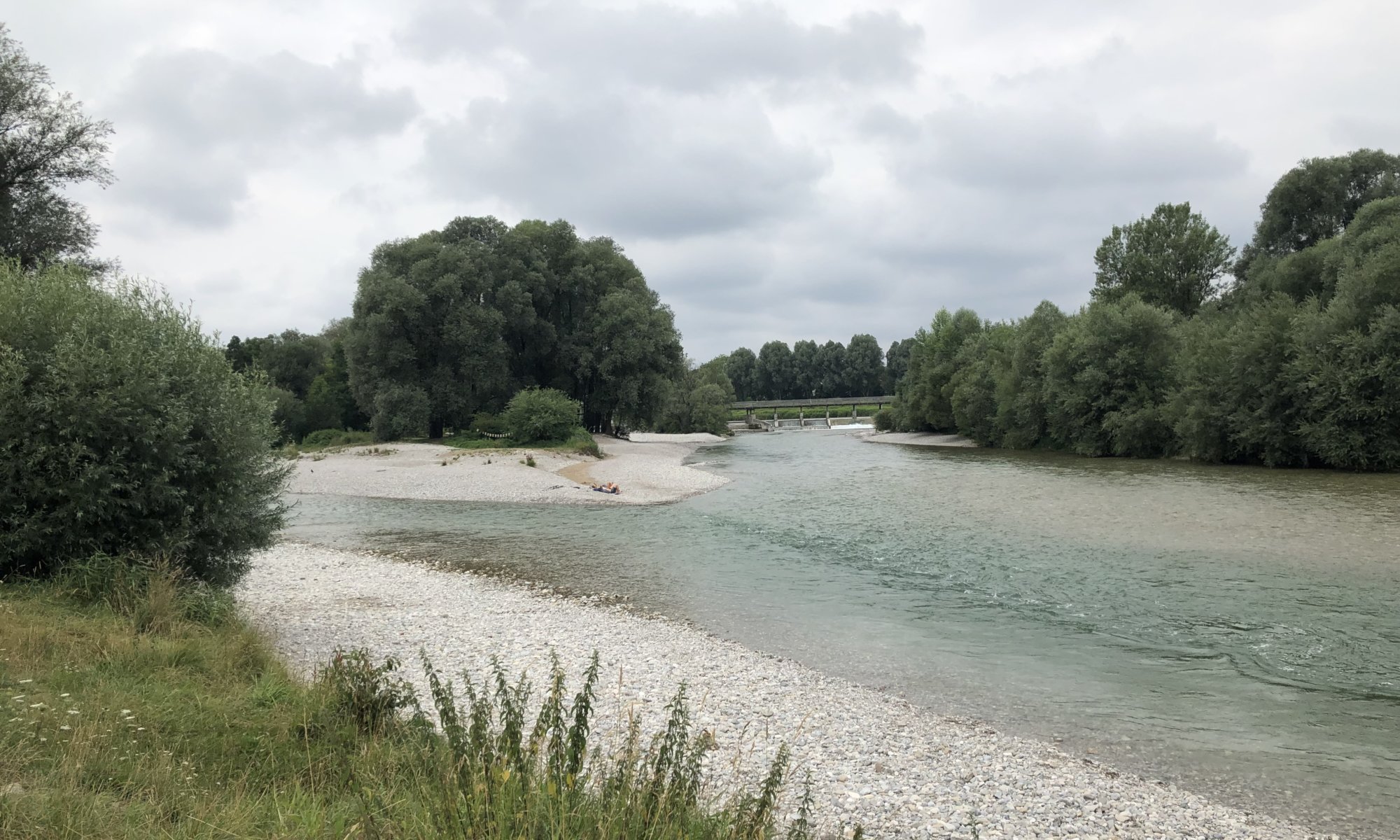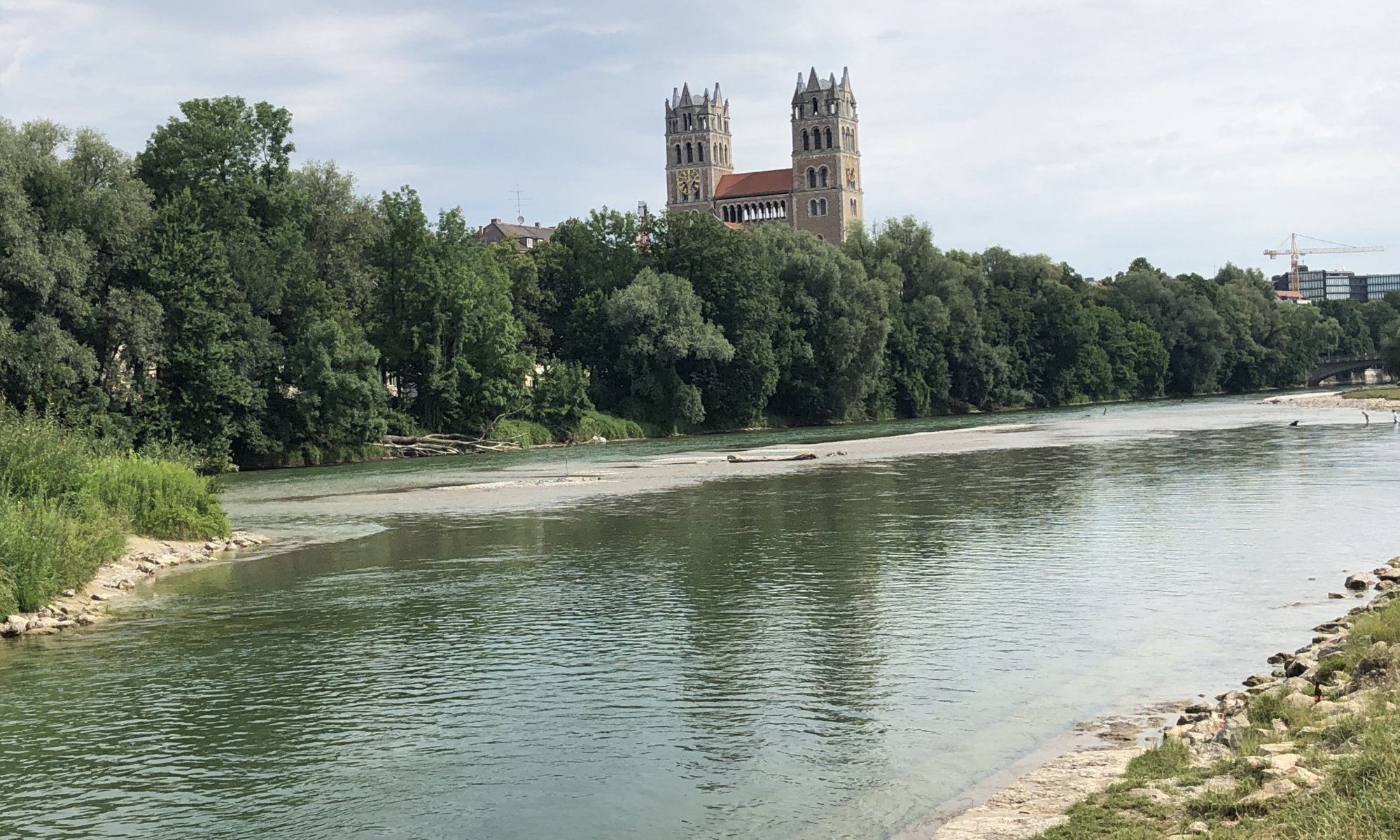It is very unusual that real cities are named within fairytales. Bremen, Germany is one of the very few examples as the Brothers Grimm made the city the target destination of a donkey, a dog, a cat and a rooster that want to flee their lifes and become musicians there. ‘Die Bremer Stadtmusikanten‘ describes their story and they never arrive at Bremen as they succeed in chasing some robbers out of a house – which they then decide to live in.
Continue reading “Stadtmusikanten”Bremer Roland
The statue of Roland on the market place of Bremen, Germany is one of the town’s landmarks. It is more than five meters high and together with its platform and decorations it reaches a height of more than 10 meters, making it the biggest free-standing statue of medieval times in Germany. The statue shows military leader Roland who guarantees the city its freedom and rights.
Continue reading “Bremer Roland”Town hall
I’ve seen many town halls in the past but the one at Bremen, Germany is one of the most beautiful. It is richly decorated outside as well as inside and is one of the most important buildings of the Weser renaissance and gothic styles. It was built between 1405 and 1410 as a replacement for the former town hall in romanesque style (built before the 1220s). Together with the Roland it is now a UNESCO World Heritage site.
Continue reading “Town hall”St. Petri
The cathedral of Bremen – the Bremer Dom – is dedicated to Saint Peter and standing next to the town hall and the statue of Roland. It is a beautiful protestant church building with a fine rosetta in front and two towers with a height slightly above 90 meters. The first church building in that place dates back to the year 784, the current church is from the 11th century CE. It is mostly designed in gothic style with neo-romanesque elements.
Continue reading “St. Petri”Steinertsee
When you’re standing next to the Steinertsee at Kaufungen, Germany you won’t directly notice that it is an artificial lake and you can’t image what happened here in the past. Between 1955 and 1967 brown coal was taken from the earth of the Steinertfeld. Between 1960 and 1968 this place was additionally used as a waste dump – but from 1971 on things changed and a large recreation area (the Steinertseepark) was created.
Continue reading “Steinertsee”Gut Windhausen
The Gut Windhausen at Niestetal, Germany is a hidden gem that already has seen better days. A village at this location was mentioned first in 1241, the ownership changed over time. The best times began when Maria Anna Amalia of Courland, the wife of Charles I, landgrave of Hesse-Kassel bought the area and general Martin Ernst von Schlieffen moved in. A manor house in baroque style was built here by his request from 1769 on.
Continue reading “Gut Windhausen”Sensenstein
Once upon a time the region between Nieste and Staufenberg, Germany was the borderland between the Electorate of Hesse and the Duchy of Brunswick-Lüneburg (that is also the reason why today you can find here the border between Lower Saxony and Hesse). In 1372 Hermann II, landgrave of Hesse errected a castle here – the Sensenstein as a response to the older castle Sichelnstein on Brunswick territory.
Continue reading “Sensenstein”Hellabrunn
The Münchner Tierpark Hellabrunn is the zoological garden of München, Germany. It was opened in 1911 and you can visit 18500 animals of more than 700 species. It is located at Giesing-Harlaching close to the wetlands of the river Isar, the Flauchersteg and the Flaucher. It is financed by the city of München as well as many private donors and participates in 38 wildlife conservation programs.
Continue reading “Hellabrunn”Flaucher
The Flaucher is a section of the river Isar close to the city center of München, Germany and the Tierpark Hellabrunn. There the river spreads into different arms creating various river islands. It is an area that is used for recreation, for swimming and to have barbecues. In summer it gets pretty crowded but if you’re lucky you can find your own semi-private section here between trees.
Continue reading “Flaucher”Isar
It’s no secret that along the river Isar at München, Germany you can find the best places to relax. Close to the Baldeplatz there are nice green areas to sit close to the water, to walk through the shallow parts of the river or to enjoy the faster flow around the Weideninsel (willow island) within the river.
Continue reading “Isar”